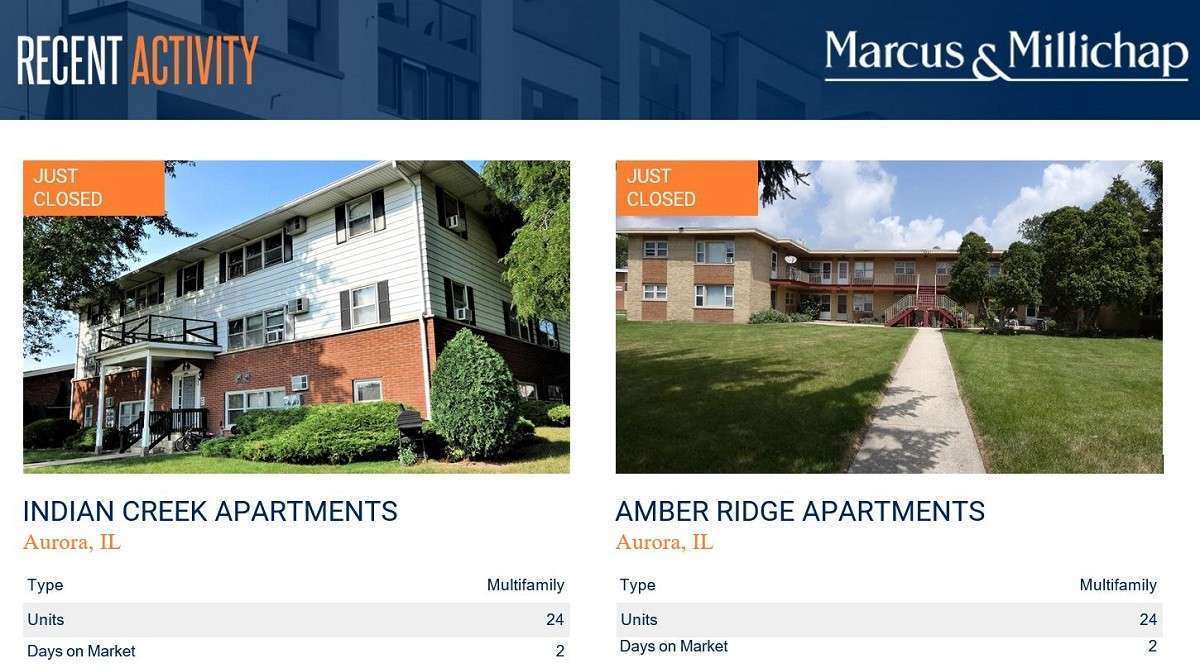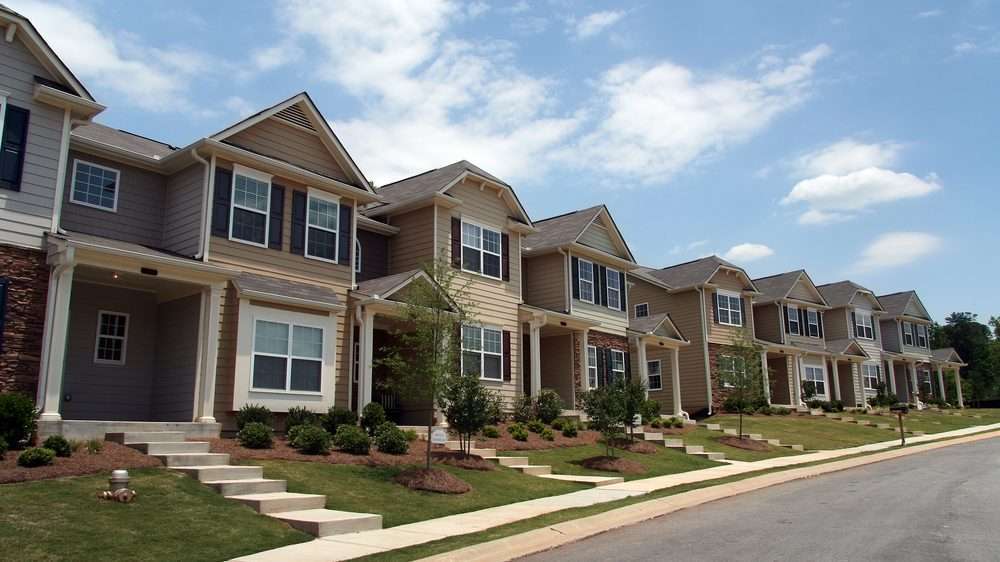
No more 'backdoor' conversions to Roth IRAs
While you won't get a tax break for your contributions to a Roth IRA, the after-tax money you put in will then grow tax-free and can be withdrawn tax-free once you reach retirement age. In 2022 you can contribute up to $6,000 a year ($7,000 if you're 50 or older).
High earners, however, are prohibited from contributing directly to a Roth IRA if their modified adjusted gross income in 2022 is at least $144,000 ($214,000 if married).
But they can still create a Roth IRA through a so-called "backdoor" strategy that involves converting their other IRA savings.In transferring a non-deductible IRA to a Roth, you would owe tax on the gains that had accrued on your contributions. That's avoidable, however, if you make the conversion immediately after making your non-deductible IRA contribution, since there would be no time for the money to grow.
But this strategy may get the ax. Starting next year, the House-passed bill would prohibit all taxpayers from converting their after-tax contributions using this "backdoor" conversion method to a Roth IRA.
No more 'mega backdoor' conversions to a Roth 401(k) either
The bill would also prohibit a similar strategy that is currently permitted when it comes to Roth 401(k)s.
Roth 401(k)s are another great way to build tax-free retirement savings and they are now offered by a majority of employers that offer tax-deferred 401(k) plans. Unlike Roth IRAs, Roth 401(k)s do not have any income eligibility rules and they allow for much higher contributions -- up to the 401(k) limit of $20,500 starting next year ($27,000 if you're at least 50).
On top of that, your employer also may let you make after-tax contributions to your regular 401(k), the gains on which would be taxable when you withdraw them. Under current law, you may convert those pre-tax and after-tax savings from your 401(k) account into a Roth and thereby skip having to pay taxes on future withdrawals.In total, savers effectively can sock away up to $61,000 next year ($67,500 if you're at least 50) -- once your contributions, your employer match and your after-tax contributions are counted.
So for high-income earners, it is possible to convert large sums of money into a Roth 401(k) through what's known as a 'mega backdoor' strategy. Under the bill, however, starting next year, taxpayers would be prohibited from converting the after-tax portion of their 401(k) savings into a Roth.Then, a decade from now -- in 2032 -- anyone with modified AGI over $400,000 (or $450,000 if married and filing jointly) would also be prohibited from converting their pretax savings into a Roth. That would apply whether their pre-tax savings come from their 401(k) or a traditional, deductible IRA.
What won't change
There is no predicting whether lawmakers will preserve the Roth restrictions in the House-passed Build Back Better bill -- or even if the bill itself will become law. But if the prohibitions on backdoor Roth conversions do survive, Roth IRAs, Roth 401(k)s and Roth conversions will still be useful vehicles for the many savers who meet the income and other eligibility rules governing Roths.And nothing likely will change for anyone when it comes to their 2021 savings strategies. "We're executing 2021 contributions [and] conversions by December 31 as our best thinking is the bill will have no effect on 2021. For 2022 and beyond, we're taking a wait-and-see approach," said New Jersey-based CPA and certified financial planner Joseph Doerrer.
But for his high-income clients, Doerrer said he is strategizing when and what portion of their savings it makes sense to convert to a Roth before the window potentially closes for them in 2032."We're modeling out smaller piecemeal conversions, if we have any favorable play in their tax brackets, to chip away at their pre-tax balances in the event there is the 10-year or so proposed window after which Roth conversions would be unavailable to higher income individuals."
For Florida-based certified financial planner Mari Adam, her advice to clients remains the same regardless of the fate of the Roth provisions in the bill."Save consistently, spend moderately and invest for the long-term," she said. "The only advice I would add? Stay nimble. Tax rules change, so stay flexible and avoid committing to any financial strategy that can't easily be undone when the tax regime changes."









